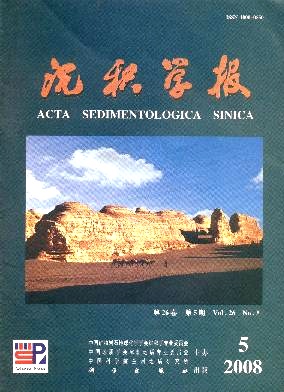Discussion on the Response of Sequence Stacking Patterns to AsymmetricalTectonic Subsidence Depending on the Sequence Quantitative Simulation
- Received Date: 1900-01-01
- Rev Recd Date: 1900-01-01
- Publish Date: 2008-10-10
-
Key words:
- sequence stratigraphic quantitative simulation /
- asymmetrical tectonic subsidence nonsynchronous stacking pattern of isochronous sequence /
- SEDPAK /
Abstract: On the Basis of stratigraphic modelling using the SEDPAK computer program, the response of sequence stacking patterns to asymmetrical tectonic subsidence within a rift basin was simulated by considering the various parameters controlling the deposition of a sequence. The simulation results indicate that isochronous sequence stratigraphy within a rift basin may exhibit both synchronous and nonsynchronous stacking patterns at different part of the basin. Synchronous stacking patterns refer to that at any part of the basin the same transgression, retrogression and aggression occurs concurrently. Nonsynchronous stacking patterns refer to that within the same basin some part may exhibit the exact opposite stacking patterns as other parts concomitantly.
〓〓The development of nonsynchronous stacking patterns were found to be caused by the combination of both accommodation space increment(ΔA)more than sediment supply increment(ΔS)(ΔA<ΔS)in one side of basin and accommodation space increment(ΔA)less than or equal to sediment supply increment (ΔS)(ΔA≥ΔS)in other sides of basin. Meanwhile, duration of nonsynchronous stacking patterns was controlled by the interplay of accommodation space increment(ΔA)and sediment supply increment(ΔS).Recognition of nonsynchronous stacking patterns of isochronous sequence stratigraphy provides a new insight into continental sequence stratigraphy, and might be widely applicable for the Cenozoic basins in the eastern China.
| Citation: | ZHU Hong-tao. Discussion on the Response of Sequence Stacking Patterns to AsymmetricalTectonic Subsidence Depending on the Sequence Quantitative Simulation[J]. Acta Sedimentologica Sinica, 2008, 26(5): 753-761. |






 DownLoad:
DownLoad: